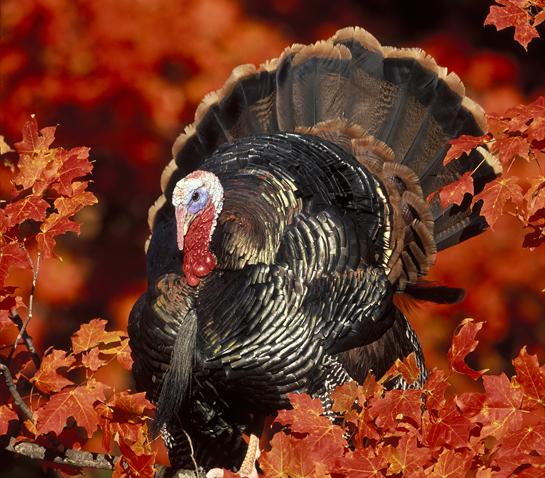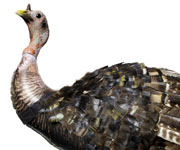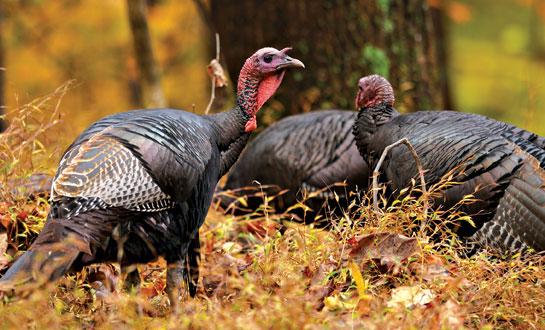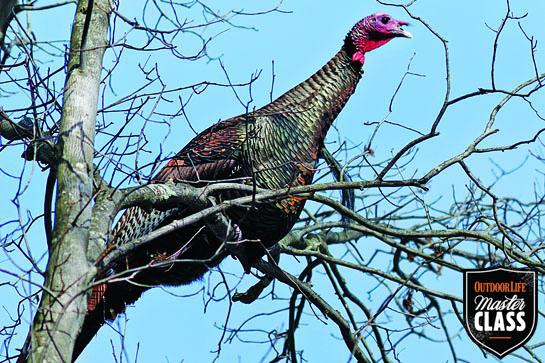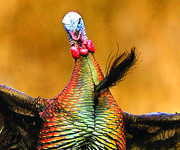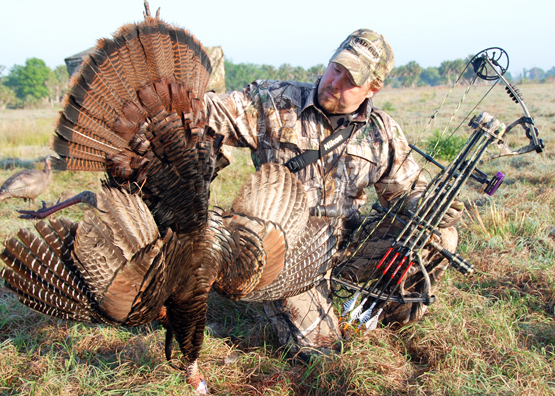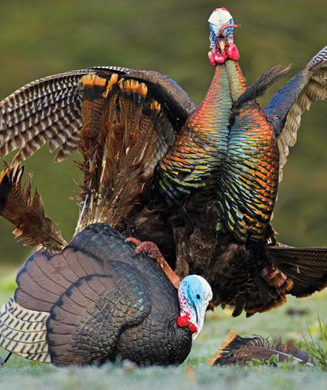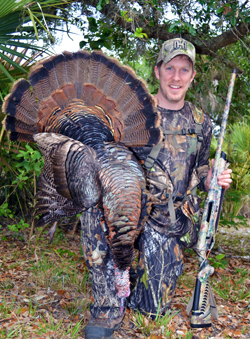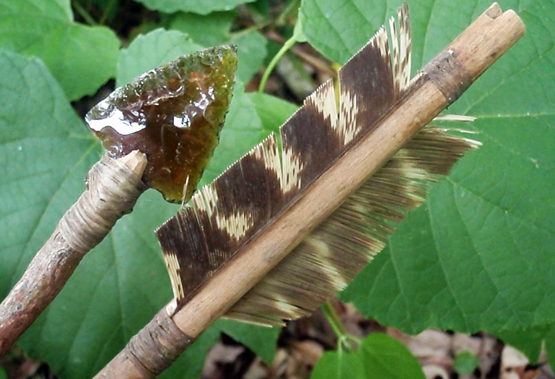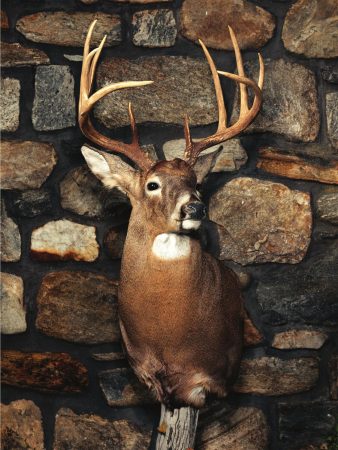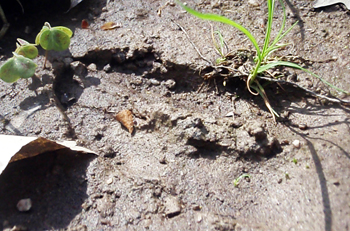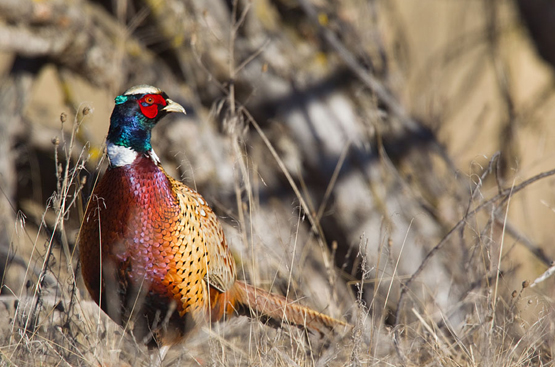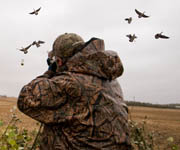With Thanksgiving upon us, more than a few of you are probably going to dine on a bird you shot yourself. When the time comes to feast, we all have our favorite part of the bird. But what happens to the less traditional edible parts or the more obscure, yet useful, pieces? There’s no better time than now to discuss the useful animal parts that often get thrown away.
Here are the 9 best ways to use turkey parts (and other bird parts) for survival:
1. You’ll want to eat all the parts that are edible. The neck and even the feet can be cooked in a quart or two of salted water at 300F for a few hours until the meat is falling off the bones. The meaty bits can be picked off and returned to the pot to create a soup base or broth. The heart, the lungs, the liver, and the kidneys can be ground for sausage or diced up fine and added to your stew.
2. You can use the large feathers for arrow fletching. Match together right wings and right tails and left wings and left tails. The turkey feather fletchings look great and help arrows fly true.
3. The raw tendons can be dried for a week or so, then pounded with a round rock or hammer to separate them into small fibers of sinew. This sinew is a very strong tying material, and works well to fletch arrows for dry-climate archery. It goes perfectly with our next turkey part product.
4. Consider using some fresh or dried turkey skins for hide glue. Just simmer the featherless skin pieces in 150F water for a few hours. Strain out the skin pieces and then continue to simmer and reduce the water in an open vessel until the fluid looks like maple syrup. The glue is ready to use then, or it can be cooled and cut into pieces to dry for future use.
5. You can fashion a good turkey call from dead turkey parts. There are several call configurations you can build using hollow wing and leg bones of male and female turkeys. Once you put the call together, make a kissing sound while inhaling to create a convincing yelp through the hollow bones.
6. Turkey guts can make a fine fish bait or chum.
7. The hollow sections of leg bones can be used as small containers for needles and other easily lost items.
8. You can try your hand at taxidermy. Even if the result is too hideous looking for household display, it could still be useful as a decoy.
9. The bones can be used to craft a variety of fish hooks. From the wishbones to the wing bones, you can carve, sand, cut, and grind straight bone gorges and curved fish hooks from the fresh or dried bones.
Tell us what you have crafted from turkey parts in the comments. We wish you and your families a very Happy Thanksgiving!
